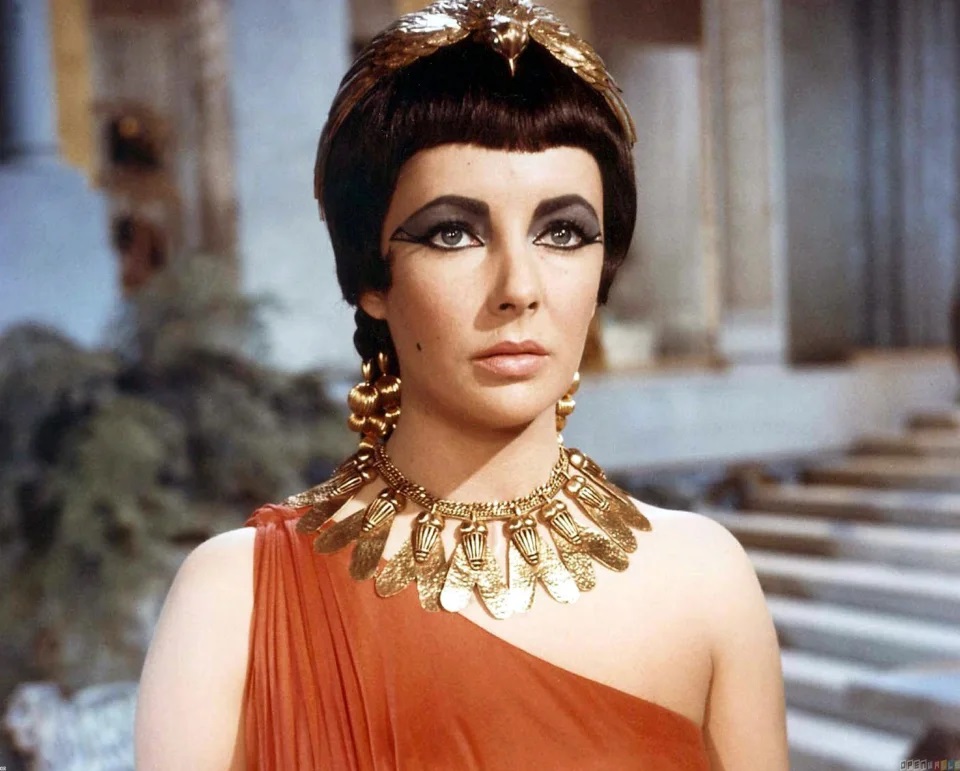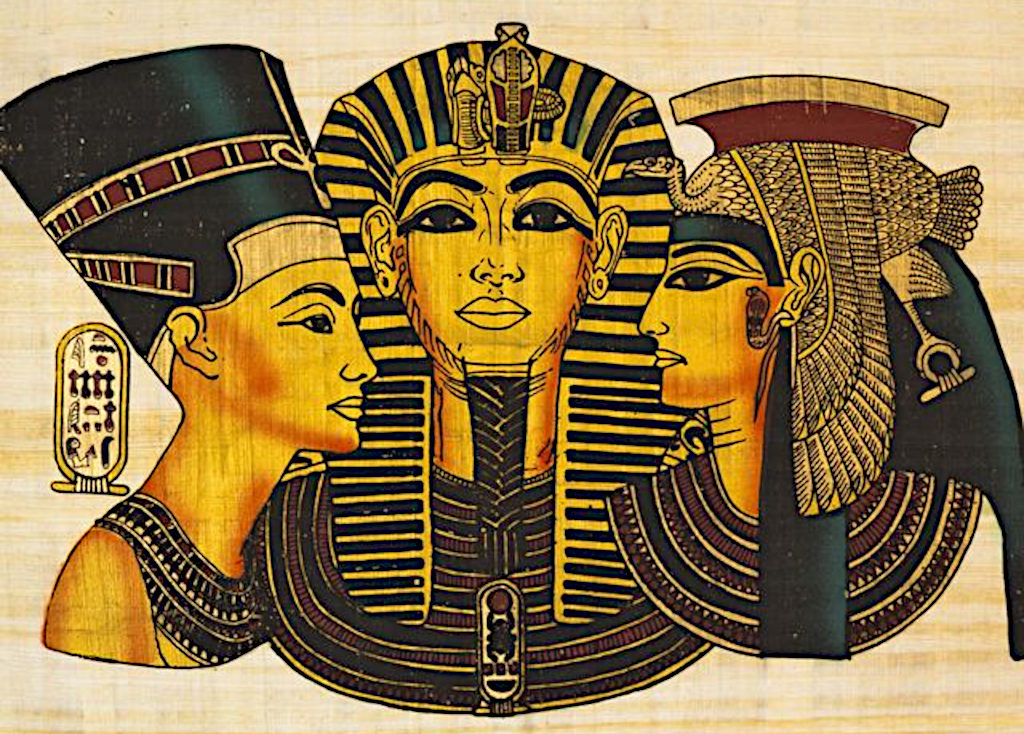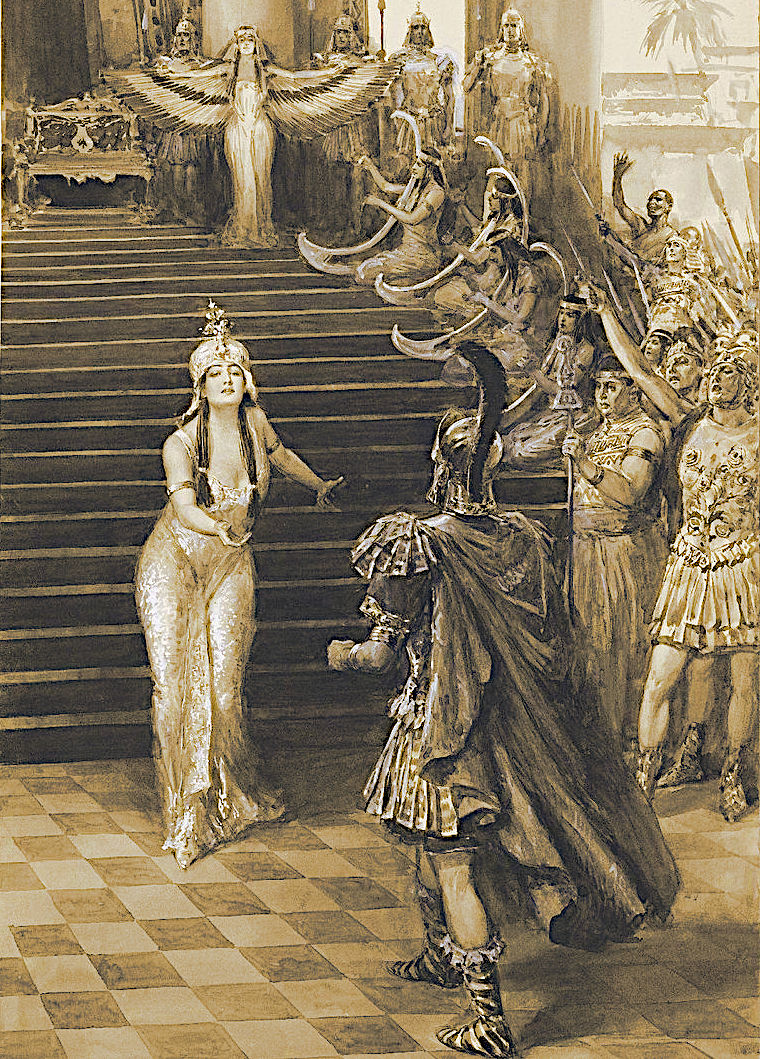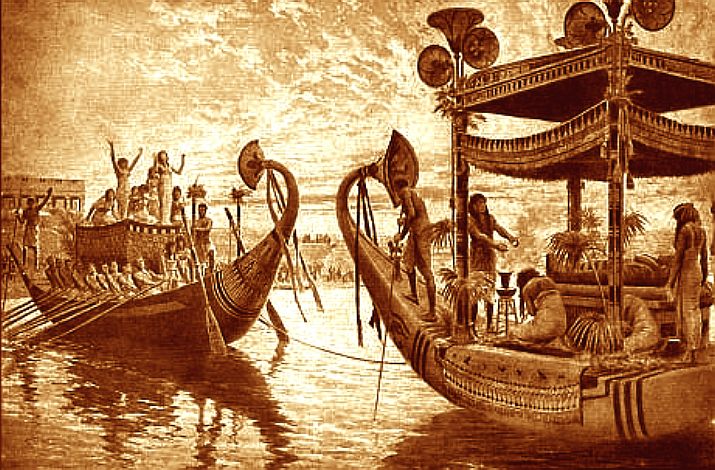|

NATURE 1 JUNE 2017 - MUMMY DNA UNRAVELS ANCIENT EGYPTIAN' ANCESTRY
Genetic analysis reveals a close relationship with Middle Easterners, not central Africans.
The tombs of ancient Egypt have yielded golden collars and ivory bracelets, but another treasure — human DNA — has proved elusive. Now, scientists have captured sweeping genomic information from Egyptian mummies. It reveals that mummies were closely related to ancient Middle Easterners, hinting that northern Africans might have different genetic roots from people south of the Sahara desert.
The study, published on 30 May in Nature Communications [1], includes data from 90 mummies buried between 1380 BC, during Egypt’s New Kingdom, and AD 425, in the Roman era. The findings show that the mummies’ closest kin were ancient farmers from a region that includes present-day Israel and Jordan. Modern Egyptians, by contrast, have inherited more of their DNA from central Africans.
Archaeological discoveries and historical documents suggest close ties between Egypt and the Middle East, but “it is very nice that this study has now provided empirical evidence for this at the genetic level”, says evolutionary anthropologist Omer Gokcumen of the State University of New York at Buffalo.
Egypt’s searing climate and the ancient practice of embalming bodies has made the recovery of intact genetic material daunting. The first DNA sequences thought to be from a
mummy [2] were probably the result of modern contamination, and many scientists are
sceptical [3] of purported genetic information acquired from the mummy of
King
Tutankhamun [4].
The latest analysis succeeded by bypassing soft tissue — often abundant in Egyptian mummies — to seek DNA from bone and teeth. Researchers carefully screened the DNA to rule out contamination from anyone who had handled the mummies since their excavation a century ago in the ancient town of Abusir el-Meleq.
“More than half of the mummies we studied had pretty decent DNA preservation,” says co-author Johannes Krause, a palaeogeneticist at the Max Planck Institute for the Science of
Human History in Jena, Germany.
The team “succeeds where previous studies on Egyptian mummies have failed or fallen short”, says Hannes Schroeder, a palaeogeneticist at the University of Copenhagen. Now, researchers can hope to answer questions such as whether immigration drove ancient-Egyptian
population
growth, adds Sonia Zakrzewski, a bioarchaeologist at the University of
Southampton, UK.
The scientists obtained information about variations in mitochondrial DNA, which is passed from mother to child, from 90 mummies. Because of contamination, the team was able to acquire detailed nuclear DNA, which is inherited from both parents, from only three mummies.
Both types of genomic material showed that ancient Egyptians shared little
DNA with modern sub-Saharan Africans. Instead, their closest relatives were people living during the
Neolithic and Bronze ages in an area known as the Levant. Strikingly, the mummies were more closely related to ancient Europeans and Anatolians than to modern Egyptians.
The researchers say that there was probably a pulse of sub-Saharan African
DNA into Egypt roughly 700 years ago. The mixing of
ancient Egyptians and Africans from further south means that modern Egyptians can trace 8% more of their ancestry to sub-Saharan Africans than can the mummies from Abusir el-Meleq.
The new data can’t explain why the ancient Egyptians were so tightly aligned with people from the Middle East. Was it the result of migration, or were the Stone Age hunter-gatherers of northern
Africa genetically similar to those of the Levant? It’s too early to tell, Krause says, but there’s a better chance now of getting answers. “This is the first glimpse of the genetic history of
Egypt,” he says. “But it’s really just the start.”
REFERENCES
[1] Schuenemann, V. J. et al. Nature Commun. 8, 15694 (2017). Google Scholar
[2] Pääbo, S. Nature 314, 644–645 (1985). Google Scholar
[3] Lorenzen, E. D. & Willerslev, E. J. Am. Med. Assoc. 303, 2471–2475 (2010)
[4] Hawass,
Z. et al. J. Am. Med. Assoc. 303, 638–647 (2010)


https://www.nature.com/articles/546017a https://www.nature.com/articles/ncomms15694 https://www.nature.com/articles/ncomms15694 https://www.nature.com/articles/546017a
|
|
MEDIA
INDEX
BBC
NEWS - NETFLIX CLEOPATRA DOCUDRAMA 10 MAY 2023
BRISBANE
TIMES - RADAR REVEALS POSSIBLE LOCATION CLEOPATRA'S TOMB 2009
BRITISH
MUSEUM - CLEOPATRA,
17 YEAR OLD DAUGHTER OF CANDACE, THEBES
CAMBRIDGE
UNIVERSITY - STUDY
OF ANCIENT EGYPTIAN MUMMY DNA 17 MAY 2017, RELATED TO MIDDLE EAST
CBC
- CLEOPATRA OUTSMARTED EVERYONE, FEBRUARY 2021
CBS
- WHY
SOME EGYPTIANS ARE FUMING OVER NETFLIX'S BLACK CLEOPATRA
DAILY
MAIL - ADELE JAMES BREAK SILENCE AS TO BLACKWASHING CLAIMS MAY 2023
DAILY
MAIL - DEC
9 2024 KATHLENE MARTINEZ SEARCHING 20 YEARS MAKE SIGNIFICANT
FIND
DISCOVERY
MAGAZINE - JUNE
7 2023, WILL WE EVER FIND THE TOMB OF CLEOPATRA?
GREEK
CITY TIMES - ARCHAEOLOGIST CLAIMS TO BE CLOSE TO DISCOVERY OF CLEOPATRA
2021
LIVESCIENCE
- WHERE IS CLEOPATRA'S TOMB/PALACE JULY 2020
NATURE
- STUDY
90 MUMMIES REVEALS ANCESTRY ANCIENT EGYPTIANS: MIDDLE
EASTERN JUNE 2017
ROTTEN
TOMATOES - CLEOPATRA
CRITICS, SERIES 1 REVIEWS MAY 2023
SKY
HISTORY - THE
HIDDEN TOMB OF CLEOPATRA MARCH 2023
SKYE
NEVILLE - PLASTIC FREE COMICS, WAITROSE BANS
SMITHSONIAN
- MORE
THAN HISTORIC SEDUCTIONS, REHABILITATED ELIZABETH TAYLOR, HOLLYWOOD ICON:
2010
SPECTATOR
- THE
TROUBLE WITH NETFLIX'S QUEEN CLEOPATRA 29 MAY 2023
THE
CONVERSATION - WHY
THE DISCOVERY OF CLEOPATRA'S TOMB COULD REWRITE HISTORY 2022
THE
GUARDIAN - NETFLIX, NO NEED FOR WHITE ACTOR 10 MAY 2023
THE
SUN - QUEEN CLEOPATRA'S TOMB, TAPOSIRIS MAGNA 2020
THE
SUN - THE REICH STUFF: GLOBAL HUNT FOR HITLER'S LOST £20 BILLION NAZI GOLD HORDE APRIL 2021
UNDERWATER
PHOTOGRAPHY GUIDE - CLEOPATRA'S SUNKEN PALACE
USA
TODAY - MUSTAFA
WAZIRI, ALEXANDRIA, EGYPTIAN ARCHAEOLOGISTS 2018
YOUTUBERS
- MAKEUP,
CLEOPATRA'S FACE & EYE COSMETICS, MUMMY MASK
YOUTUBERS
- NETFLIX VIDEO COMMENTS MAY 2023
ZAHI
HAWASS - DOCUMENTARY: CLEOPATRA VII PHILOPATOR
|





